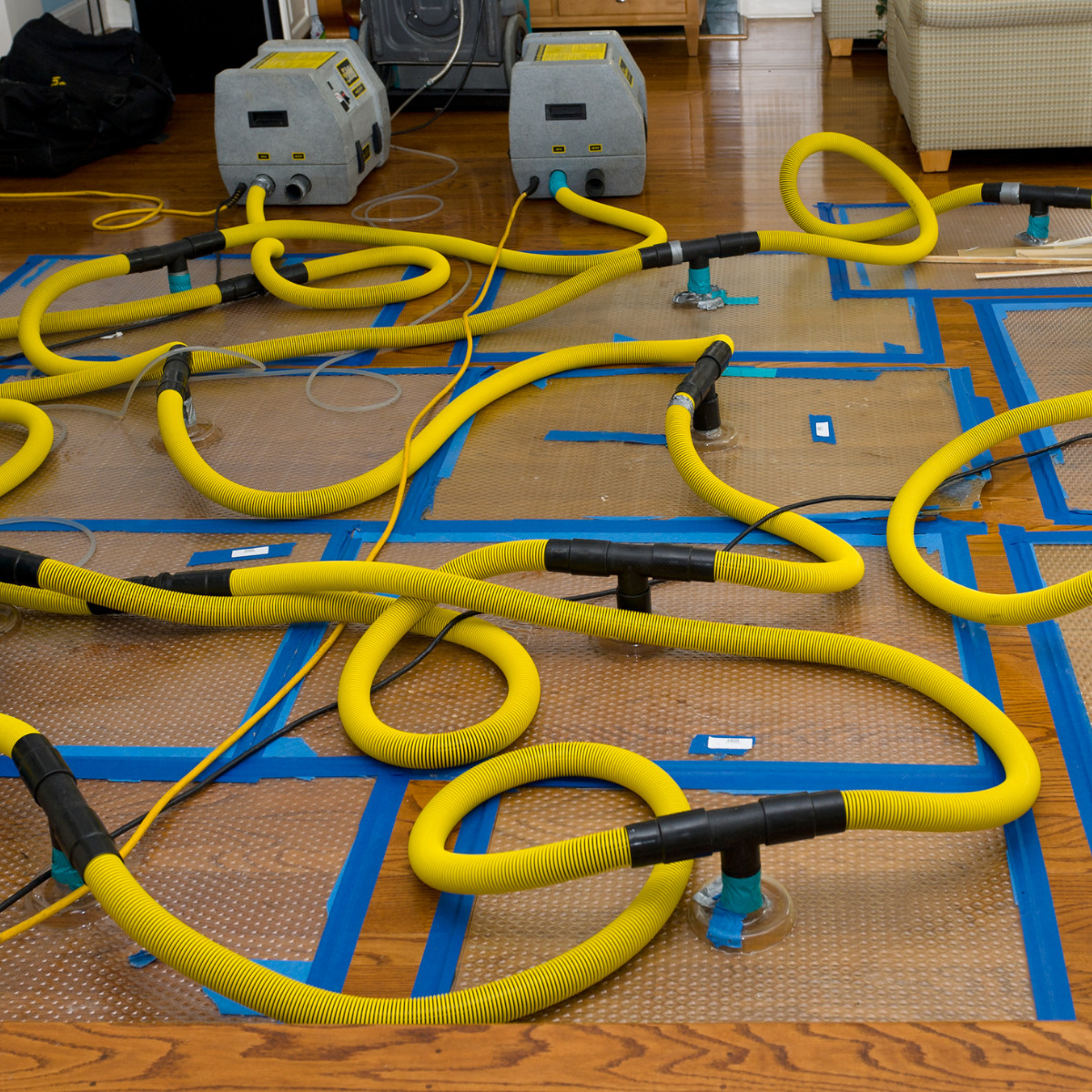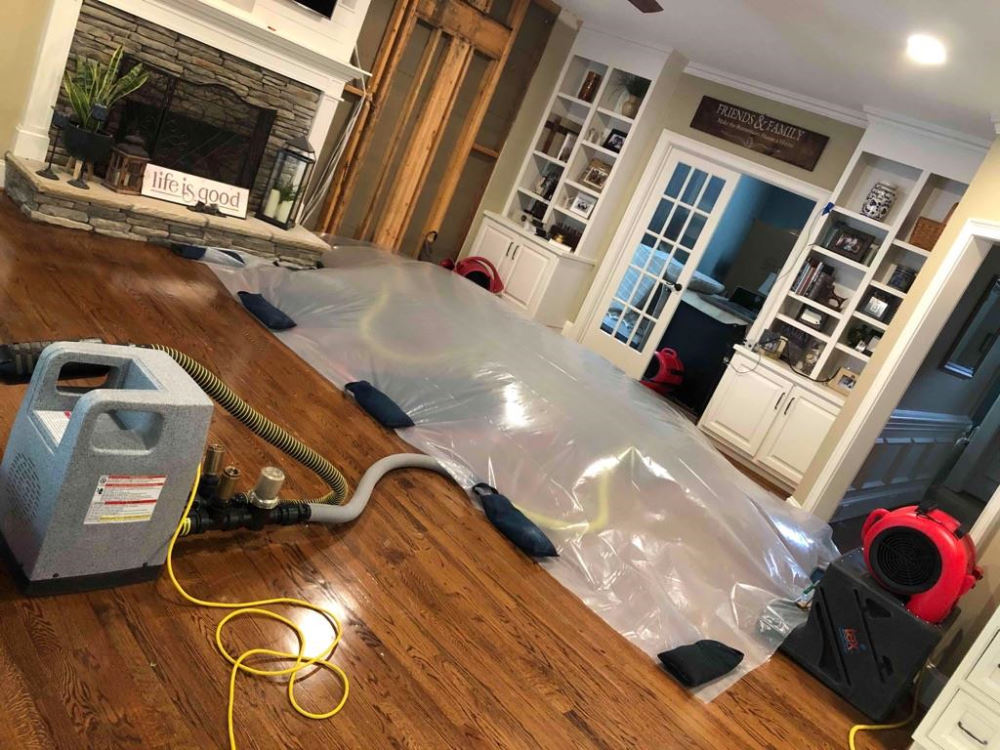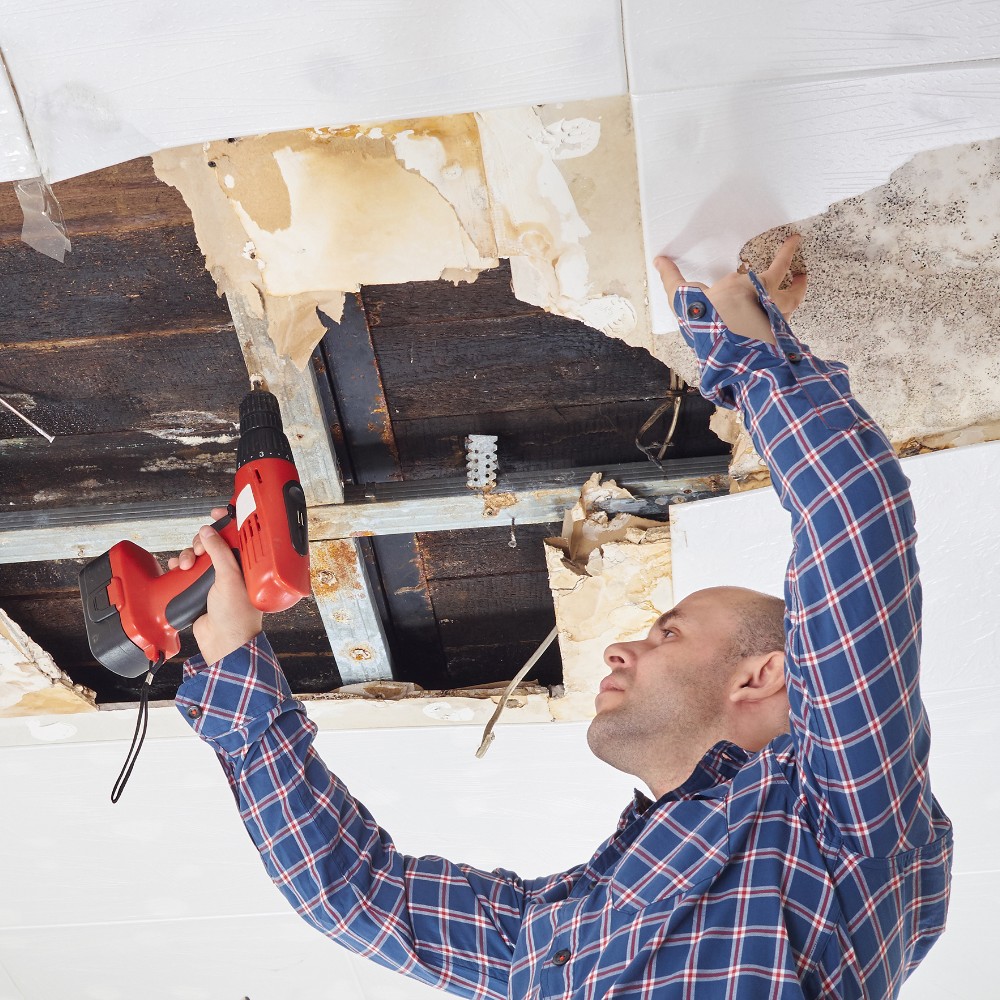Smoke Damage Restoration vs. DIY Cleaning: Which Is Right for You?
Crucial Actions to Comply With for Efficient Water Damage Reconstruction in your house
When confronted with water damage in your house, recognizing the important actions for effective restoration can make all the distinction. You need to assess the damages and guarantee safety and security before tackling the trouble. Stopping the resource of water is necessary, however it's simply the beginning. There's a collection of actions you must take to shield your residential property from further problems as soon as you've taken care of that. Let's explore what you must do following.
Evaluate the Damages
The first step is to examine the damage completely when you uncover water damages in your home. Start by determining the resource of the water invasion. Look for leaks, ruptured pipes, or other problems triggering the trouble. Next off, examine the influenced areas for visible indicators of damages, consisting of mold and mildew, discoloration, or warping development. Don't neglect to look in covert spots like behind wall surfaces or under floor covering, as water can seep into these areas unnoticed.Document the damage by taking clear photos and notes. This will help you when reviewing the scenario with your insurance supplier or reconstruction specialists. Take note of the sort of products influenced, as various products call for various remediation techniques. Ultimately, examine the level of the damages. Is it considerable or small? Comprehending the scope will certainly lead you in deciding whether to manage it on your own or employ the professionals for a much more comprehensive restoration procedure.

Make sure Security
Prior to you begin any kind of restoration work, guaranteeing your safety is vital. Initially, analyze the condition of your home. If the water's deep or if you observe electric threats, do not go into the location. Transform off the electrical power and gas supply to avoid crashes. Put on safety equipment like boots, gloves, and masks to secure on your own from contaminants or mold.It's crucial to remain knowledgeable about your surroundings; look for sharp things and slippery surface areas. Treat it as hazardous waste if the water is from a sewage back-up. Keep children and family pets far from influenced locations to stay clear of exposure.Once you've taken these preventative measures, you can wage the restoration procedure. Bear in mind, your security comes first, and if you're ever uncertain, it's best to get in touch with a specialist. Taking these steps will help ensure you prepare to deal with the restoration safely and properly.
Quit the Source of Water
After guaranteeing your security, the following action is to stop the source of water. Recognize where the leakage is coming from. It might be a ruptured pipe, a defective appliance, and even heavy rainwater getting in through a damaged roof. If it's a pipes concern, switch off the major water to your home to stop more flooding. For appliances, disconnect them and close off their water valves.If the resource is outside, like rain, attempt to divert it away from your home using sandbags or other obstacles. For minor leakages, you could be able to utilize tape or a sealer temporarily until a specialist can fix it. Keep in mind, addressing the source promptly is crucial to lessening damages and avoiding mold and mildew development. Once you have actually quit the water, you'll be in a far better setting to carry on to the next action in the repair procedure.

Remove Excess Water
Act promptly to remove excess water, as standing water can lead to a lot more substantial damage and mold and mildew growth. Collect your devices: a wet/dry vacuum, pails, and towels. You can use towels to saturate up the dampness if the water is shallow. For deeper water, a wet/dry vacuum is your best option. See to it to clear the vacuum cleaner frequently to avoid overflow.If the water is polluted, like from a sewage back-up, wear protective gear, consisting of masks and gloves, to maintain yourself risk-free. As soon as you have actually removed as much water as feasible, check for concealed pockets of dampness in corners and under furnishings, as these can nurture mold.Don' t forget to transform off electric appliances and power electrical outlets in damp locations to avoid hazards. This initial step is necessary in lessening damages and setting the phase for an effective reconstruction process.
Dry and Dehumidify the Area
As soon as you have actually gotten rid of the excess water, it's vital to dry and dehumidify the area completely. Start by using dehumidifiers efficiently to pull wetness out of the air and stop mold growth. Keep an eye on humidity levels to guarantee the space dries out completely.
Remove Standing Water
To efficiently deal with water damages, you need to concentrate on removing standing water as quickly as possible. Start by gathering required tools, like a wet/dry vacuum or a pump, depending on the volume of water. If the water is shallow, a vacuum cleaner needs to work. For larger quantities, a pump is extra reliable. While working, ensure to wear safety equipment to keep yourself secure from impurities. As you get rid of the water, pay focus to concealed areas like under furnishings or in edges where get more info water might collect. Once you have actually gotten rid of the majority, your space will certainly start to dry out. This step is crucial, as sticking around water can result in mold development and much more considerable damages.
Use Dehumidifiers Efficiently
How can you effectively make use of dehumidifiers to dry and evaporate your room? Beginning by putting your dehumidifier in one of the most damaged location, preferably where water damages is most extreme. Ensure to shut all doors and windows to create a closed atmosphere. Activate the dehumidifier and established it to the appropriate humidity degree, typically around 30-50%. Empty the water collection tank frequently, or think about using a design with a continual drain alternative for convenience. When possible, make use of fans to improve air movement, assisting the dehumidifier job much more successfully. Keep the dehumidifier running until you're confident that the area is thoroughly dried, preventing mold growth and extra damage (Flood Damage Restoration). This action is vital for reliable water damage repair
Display Humidity Levels
Surveillance moisture degrees is vital throughout the drying out process, as it assists guarantee your space remains cost-free from excess moisture. Buy a reliable hygrometer to track moisture properly. Preferably, you wish to maintain levels in between 30% and 50%. You might require to readjust your dehumidifiers or fans to boost airflow if moisture analyses climb over this variety. Inspect the readings on a regular basis, especially in locations vulnerable to wetness, like bathrooms or basements. If you discover consistent high humidity, think about enhancing air flow or making use of added dehumidifiers. Remaining on top of these levels not only speeds up the drying out process yet likewise avoids mold growth, guaranteeing your home keeps comfortable and risk-free.
Tidy and Disinfect Affected Surfaces

Bring back and Fix Your Home
After cleansing and disinfecting the influenced locations, it's time to bring back and repair your home. Begin by evaluating the damages. Check for structural concerns, like deteriorated walls or floorings, and attend to any type of necessary repairs. Changing harmed drywall or floor covering is necessary for both aesthetics and safety.If your furnishings or valuables were influenced, consider whether they can be restored or require replacement. Clean or properly bring back items where possible.Next, touch and paint walls up any type of locations that require attention. This not just boosts look but likewise safeguards surfaces from future water damage.Don' t fail to remember to inspect your plumbing and home appliances for leaks, guaranteeing every little thing's working effectively. Ultimately, consider setting up a dehumidifier to prevent future wetness concerns. By taking these steps, you'll restore your home to its former magnificence and produce a much safer living setting.
Regularly Asked Inquiries
The Length Of Time Does Water Damage Repair Normally Take?
Water damages reconstruction commonly takes anywhere from a couple of days to a number of weeks, depending on the level of the damage (Flood Damage Restoration). You'll wish to examine the situation rapidly to lessen further complications and ensure proper repair
Will My Insurance Cover Water Damages Repair Costs?
Your insurance policy may cover water damage remediation prices, but it depends upon your policy. Check your insurance coverage information and contact your insurance agent to clarify what's consisted of and what you need to sue.
Can I Handle Water Damages Reconstruction Myself?
You can take care of water damage restoration on your own, yet it's crucial to examine the circumstance. If it's substantial, you may wish to call specialists. Always focus on security and guarantee you have actually obtained the right tools.
What Are the Indicators of Hidden Water Damage?
You may notice indications of hidden water damages like warped walls, stuffy smells, or discoloration. If your floorings feel spongy or you area mold, it's time to explore additionally before the circumstance aggravates.
How Can I Avoid Future Water Damages in My Home?
To protect against future water damages in your house, you should frequently check plumbing, seal cracks, preserve gutters, and assurance correct drainage. Setting up a sump pump and dampness obstacles can also assist maintain your space completely dry. When you uncover water damage in your home, the very first action is to analyze the damages extensively. Act promptly to get rid of excess water, as standing water can lead to extra extensive damages and mold and mildew development. To properly take on water damages, you need to focus on removing standing water as quickly as possible. As you eliminate the water, pay focus to concealed locations like under furnishings or in corners where water could collect. Water damages reconstruction generally takes anywhere from a few days to numerous weeks, depending on the level of the damage.